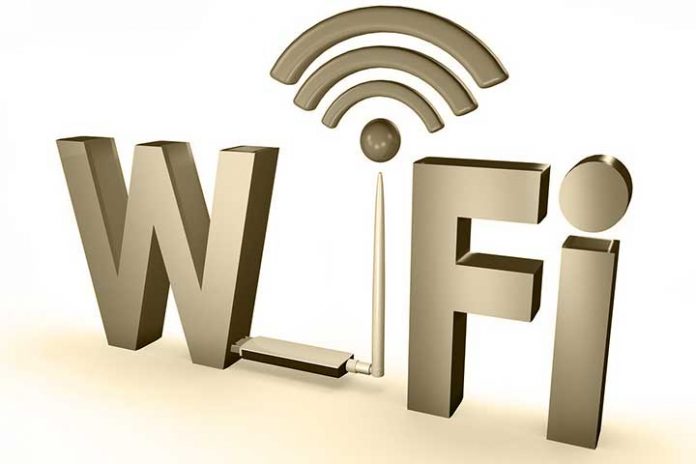WiFi ( Wireless Fidelity ) is a wireless network protocol used by devices to communicate without direct-wired connections. This technology represents a wireless local area network ( WLAN ) protocol based on the IEEE 802.11 standards. WLAN
Networks allow computers to connect via wireless radio connections sharing data and accessing external networks. You can combine multiple enabled devices that are within the WLAN range. Very briefly, WiFi is access to the Internet from a wireless-enabled device.
Like a phone, tablet, or laptop, most modern devices support WiFi allowing you to join a network and thus access the Internet and share resources.
How does WiFi technology work?
It’s like listening to the radio but in a bidirectional way. Instead of simply receiving sound as we do with AM ( Amplitude Modulation ) or FM ( Frequency Modulation ) wavelengths, WiFi also allows you to send data, such as an email or social media post.
WiFi sends data over radio waves quickly and reliably so that whatever you’re trying to do, the video you want to stream or the game you’re about to play, happens transparently to you.
WiFi works on 2.4GHz and 5GHz radio frequencies(if you see a wireless network with the number 5 at the end). Think of those numbers like tuning your car radio to 91.0FM to listen to your favourite music station. Except you don’t need to configure anything. Your WiFi router decides which radio station to place your device on so you can watch YouTube videos on your smartphone or make a video call on the go.
| Differences | 2.4GHz | 5GHz |
| Channels | 14 overlapping channels | 25 non-overlapping channels |
| Interference | More interference | Less interference |
| Maximum speed | Less connection speed | More connection speed |
| Network range | Higher range | Lower range |
| Standard | IEEE 802.11b, 802.11g, 802.11n (B, G, and N) | IEEE 802.11a, 802.11n, 802.11ac (A, N, AC) |
The 5GHz WiFi is the most optimal for devices that need a higher connection speed, while the 2.4GHz will be ideal for those devices where the range of coverage is more critical.
Multiple WiFi networks can exist on the same frequencies, so you may see your neighbours’ networks when you try to connect your device.
Your WiFi network may slow down at certain times. If you have multiple WiFi networks running simultaneously in the same area, they are all using the same frequency ranges.
Similarly, some parts of your home may have better WiFi signals. This depends on the router. A single router is like a light bulb in that a light bulb has a limited light range, and a router has a limited signal range.
Locating the router in the right place can help you significantly improve the range of your signal. Try to place it in the centre of the area you intend to cover and make it a room without obstacles to get the maximum range.
If this is not enough, you can choose to purchase a WiFi repeater, a PLC (Power Line Communication) or a Mesh system to improve your network coverage throughout the house.
Advantages and disadvantages of wireless networks
One of the main benefits is the ease with which they allow people to share information.
The most important advantage of using WiFi is using the Internet connection to connect to various services. These services include television, high-speed internet access, Bluetooth and VoIP, among others.
Advantages
- Accessibility: Wireless technology doesn’t require cables, so users can communicate even when they’re on the go.
- Flexibility: Allows users to get work done productively even when away from their offices.
- Cost-Effective: Wireless networks are cost-effective solutions because they are easy to install and inexpensive.
More significant opportunities: companies can introduce new products and services in the market with their use. Many train stations, cafes, airport lounges and hotels have installed WiFi services so you can connect your devices on the go.
Disadvantages
- Security: WiFi networks are more prone to attacks from unauthorized users. As much as possible, avoid using these types of connections in public places.
- Speed: In most cases, the transmission speed of wireless networks (typically 1 to 54 Mbps) is less efficient than wired networks (100 Mbps to several Gbps).
- Coverage: in some buildings, “black spots” may appear where the signal is weak or null.

